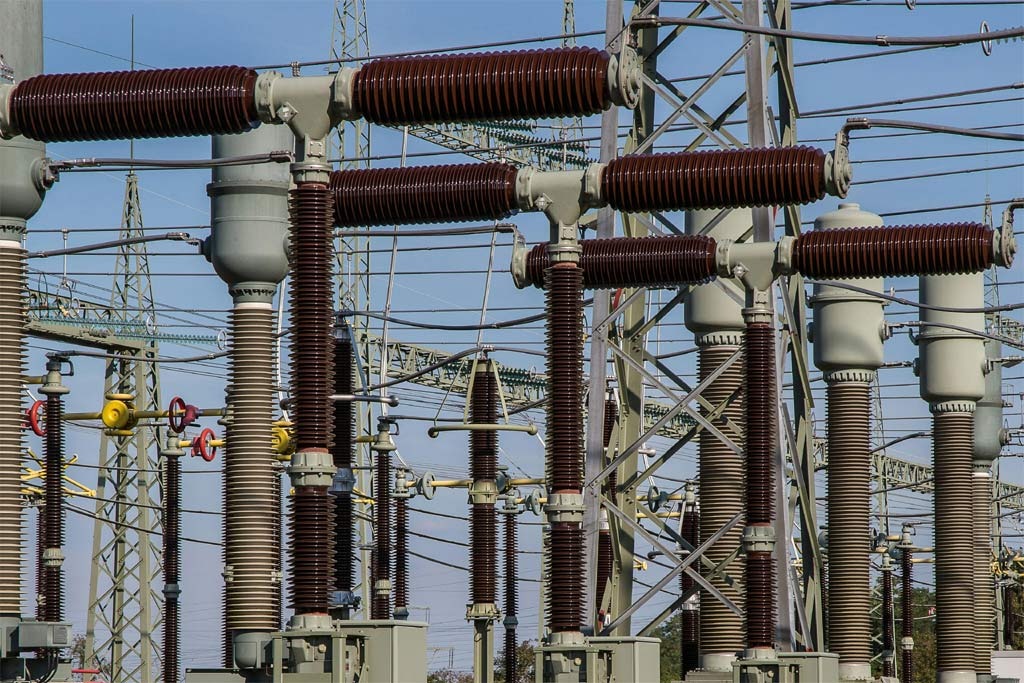What is 3-Phase Voltage?
Electricity powers our modern world, from the lights in our homes to the machinery in factories. Central to the efficient distribution and utilization of electrical power is the concept of three-phase voltage.
While single-phase power is common in residential settings, three-phase voltage plays a very important role in both industrial applications and, increasingly, in domestic environments.

Understanding Three-Phase Voltage
Three-phase voltage refers to an electrical system that uses three alternating currents (AC), each set at an equal frequency and voltage amplitude but with a phase difference of 120 degrees between them. Unlike single-phase power, which uses one alternating current, three-phase power delivers electricity more efficiently and is capable of powering heavy loads.
In a three-phase system, the power delivery is continuous and balanced. This is achieved through the 120-degree phase separation, which ensures that at any given moment, one of the phases is nearing its peak voltage. The result is a smoother and more constant power flow, reducing the pulsations seen in single-phase systems.
How Three-Phase Voltage Works
The fundamental principle behind three-phase voltage is the generation of three AC voltages simultaneously, each offset in time by one-third of the electrical cycle. This offset creates a sequence where each phase reaches its peak at different times, providing a consistent transfer of power.
There are two primary configurations for three-phase systems:
- Wye (Y) Connection: In this setup, one end of each of the three windings is connected to a common neutral point. The other ends are connected to the three-phase lines. This configuration allows for both phase-to-phase and phase-to-neutral connections, offering flexibility in voltage levels.
- Delta (Δ) Connection: Here, the windings are connected end-to-end in a closed loop, forming a triangle (delta). There is no neutral point in this configuration, and it is primarily used for transmitting high power over long distances.
Advantages of Three-Phase Voltage
Three-phase systems offer several benefits over single-phase systems:
- Efficiency: They provide a more efficient means of transmitting electrical power, reducing energy losses during transmission.
- Power Density: Three-phase motors and equipment are more compact and have a higher power density than their single-phase counterparts.
- Consistent Power Delivery: The continuous power transfer reduces vibration and prolongs the lifespan of equipment.
- Cost-Effectiveness: While initial setup costs may be higher, operational costs are lower due to improved efficiency.
Applications of Three-Phase Voltage
Industrial and Commercial Use
Three-phase voltage is the backbone of industrial and commercial electrical systems. It is used to power heavy machinery, motors, and equipment that require a significant amount of energy. Factories, manufacturing plants, and large commercial buildings rely on three-phase power for efficient operation.
Residential Use
In the United States, residential electrical installations predominantly use single-phase power, delivering 120 volts for standard outlets and 240 volts for heavy appliances like ovens and dryers. Three-phase voltage is typically associated with commercial and industrial settings due to its efficiency in handling large electrical loads and heavy machinery.
However, there are exceptions where three-phase voltage is present in residential installations. In some urban areas, apartment complexes, or large residential properties with substantial electrical demands—such as homes with extensive HVAC systems, workshops, or electric vehicle charging stations—three-phase power may be available.
In these cases, the voltage supplied is often 208Y/120 volts. This configuration provides both 208-volt three-phase power for heavy equipment and 120-volt single-phase power for standard household use.
Benefits in Homes
- Heating and Cooling Systems: Three-phase power can efficiently run high-capacity HVAC systems.
- Electric Vehicle Charging: Faster charging stations for electric vehicles often require three-phase power.
- Home Workshops: Powering equipment like lathes, mills, and other heavy tools is more efficient with three-phase power.
Homeowners considering an upgrade to three-phase power should consult with a qualified electrician to assess feasibility, cost, and benefits.
How to Measure 3-Phase Voltage
Measuring three-phase voltage is essential for maintenance, troubleshooting, and ensuring the safety of electrical systems. Here’s a basic guide on how to measure 3-phase voltage:
Equipment Needed
- Multimeter or Voltmeter: A device capable of measuring AC voltage up to the expected levels.
- Personal Protective Equipment (PPE): Insulated gloves, safety glasses, and protective clothing.
Safety Considerations
- Qualified Personnel: Only trained individuals should perform electrical measurements.
- De-energize When Possible: Always try to measure voltages in a de-energized state or use appropriate testing points.
- Follow Regulations: Comply with local electrical codes and standards.
Measurement Steps
1. Preparation: Ensure all safety equipment is in place, and the multimeter is set to the correct voltage range.
2. Identify Phases: Locate the three-phase conductors, typically labeled L1, L2, and L3.
3. Measure Phase-to-Phase Voltage:
- Connect the multimeter probes to L1 and L2; record the voltage.
- Repeat for L2 and L3, then L1 and L3.
4. Measure Phase-to-Neutral Voltage (if applicable):
- Connect one probe to L1 and the other to the neutral point; record the voltage.
- Repeat for L2 and neutral, then L3 and neutral.
5. Interpret Results: Compare the readings to the expected values for the system. Significant deviations may indicate issues that require further investigation.
Few Final Words
Three-phase voltage is a critical component of modern electrical systems, offering efficient and reliable power delivery for industrial, commercial, and, increasingly, residential applications. Understanding how it works and where it is used can help in making informed decisions about electrical installations and upgrades.
Additionally, knowing how to measure three-phase voltage is essential for maintaining the safety and functionality of these systems. As technology advances and energy demands grow, the role of three-phase power will continue to be significant in powering our world.